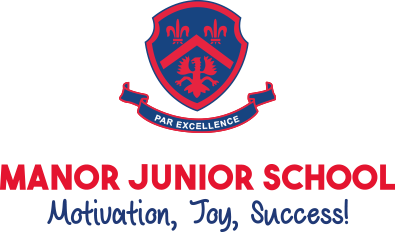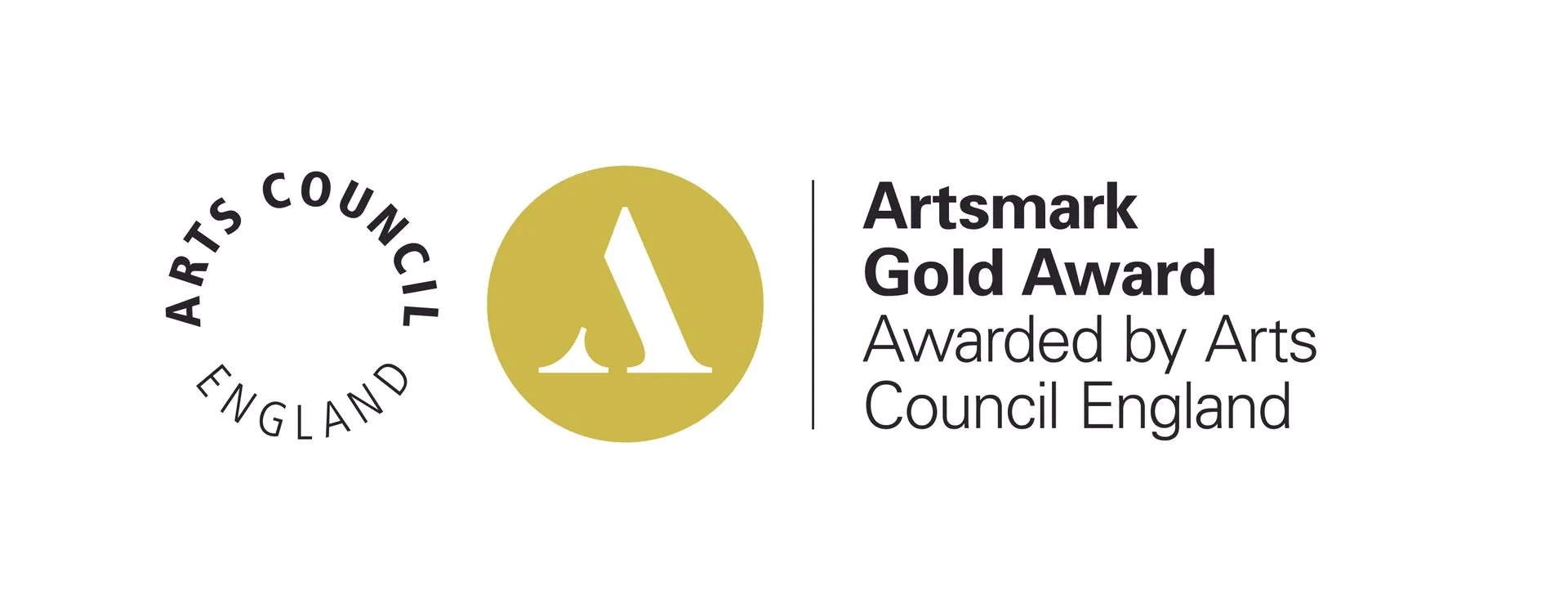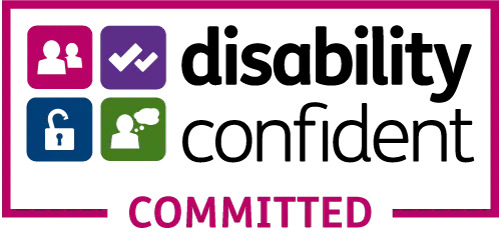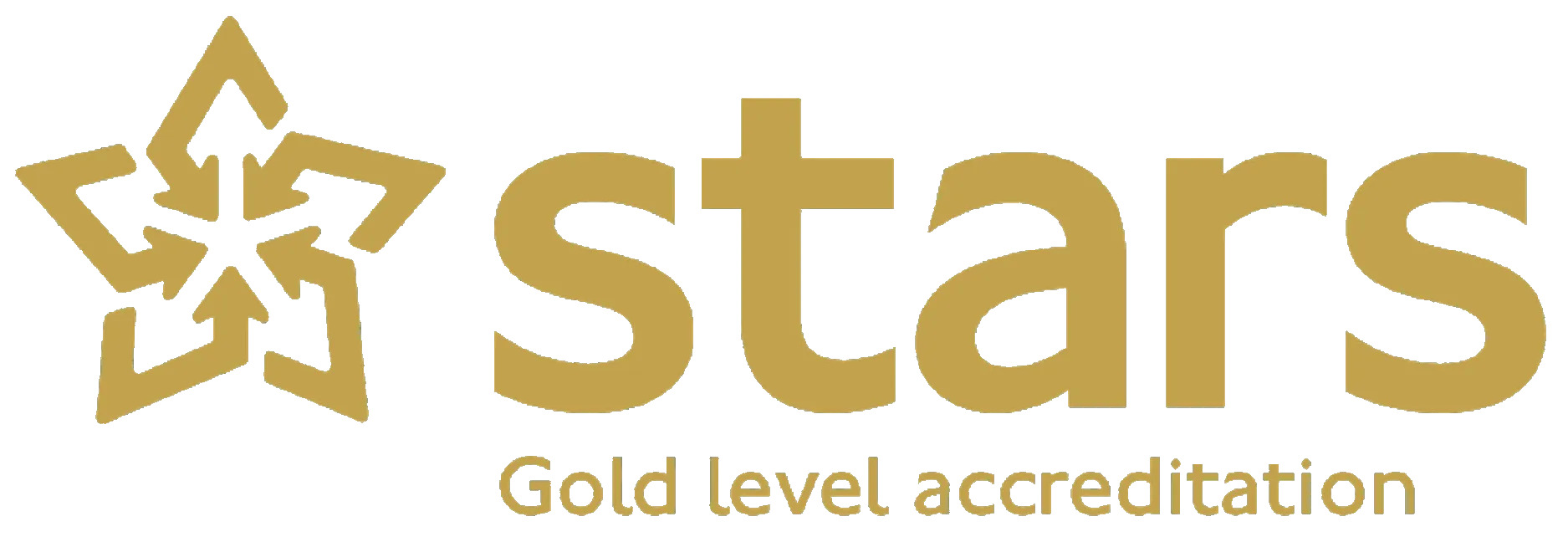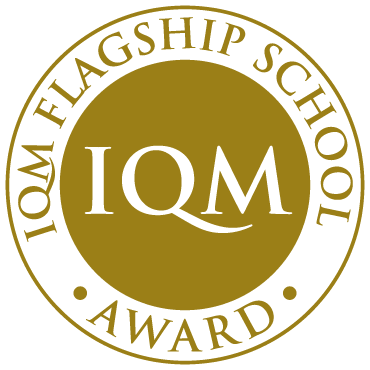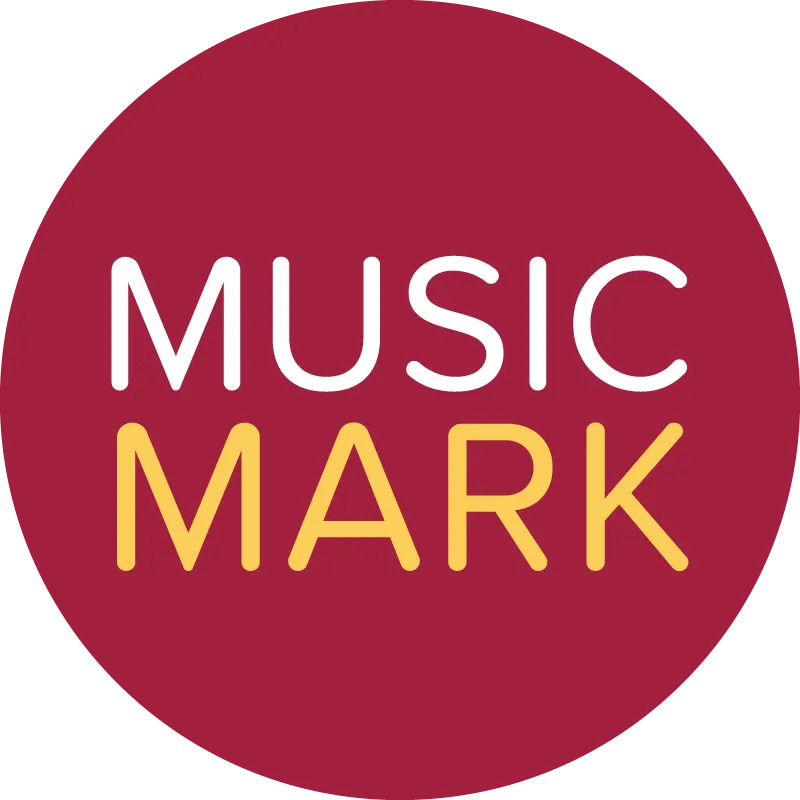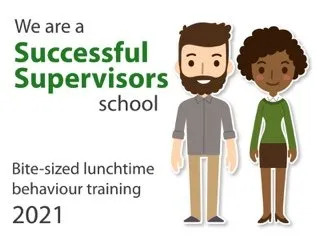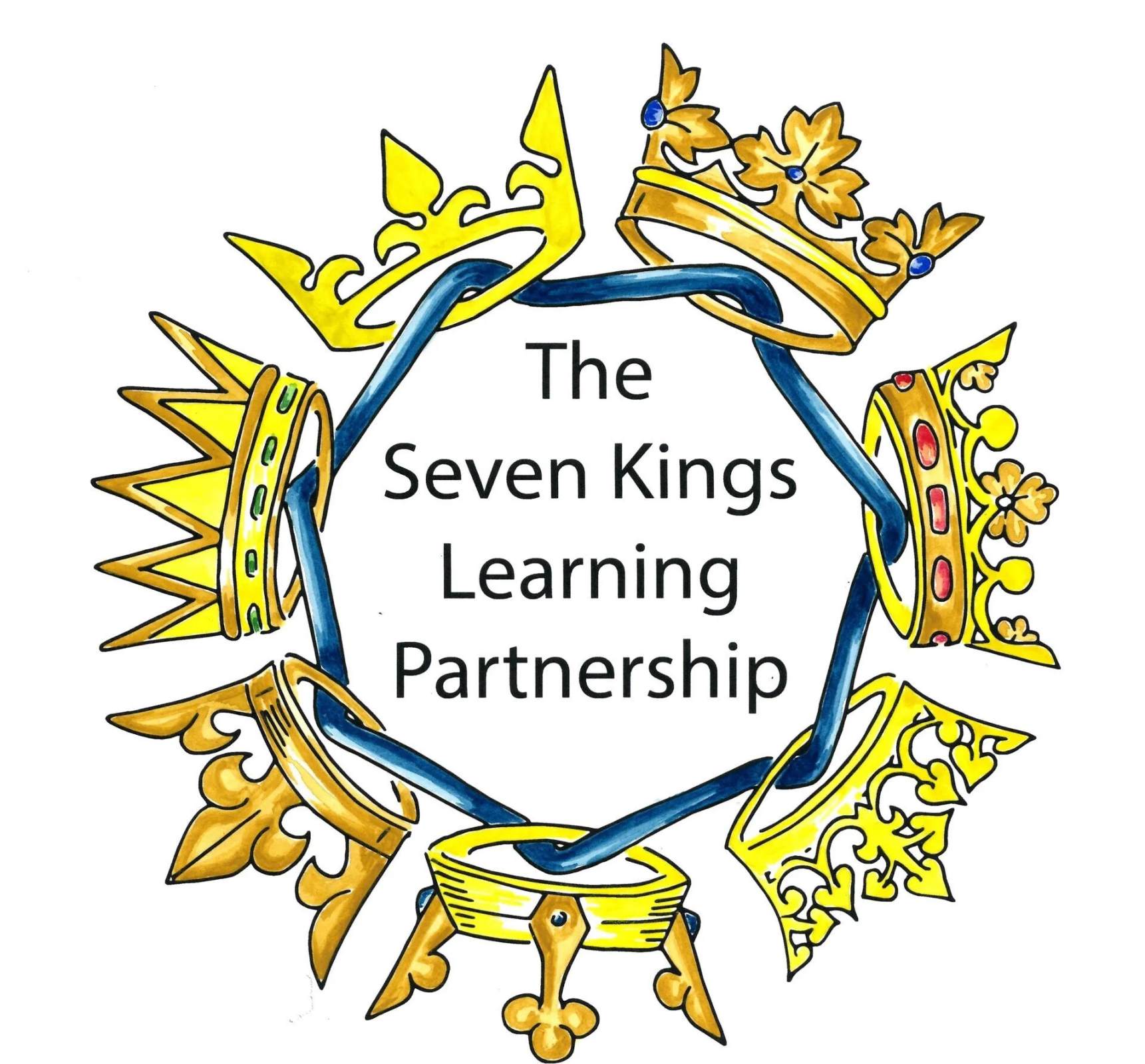English Curriculum
Early Reading
INTENT
Little Wandle Letters and Sounds is a phonics resource published by the Department for Education and Skills. It aims to build children's speaking and listening skills in their own right as well as preparing children for learning to read by developing their phonic knowledge and skills. It sets out a detailed and systematic programme for teaching phonic skills for children starting by the age of five, with the aim of them becoming fluent readers by age seven. The school uses the same programme from our associated infant school. We identify and support the children that come from KS1 with a phonics deficit to enable them to decode fluently.
IMPLEMENTATION
Staff have received the relevant phonic knowledge and skills training to identify gaps in children’s knowledge and to implement programmes accordingly. Phonics is taught within a highly structured programme of daily lessons across year 3 as part of the transition from KS1 to KS2 in groups differentiated according to children’s phonic awareness and development stage. We identify the needs and respond to them. The inclusion team have phonics specialists to deliver targeted intervention sessions for identified pupils.
The six overlapping phases based on the Letters and Sounds guidance for Practitioners and Teachers.
Phase One
Activities are divided into seven aspects, including environmental sounds, instrumental sounds, body sounds, rhythm and rhyme, alliteration, voice sounds and finally oral blending and segmenting.
Phase Two
Learning 19 letters of the alphabet and one sound for each. Blending sounds together to make words. Segmenting words into their separate sounds. Beginning to read simple captions.
Phase Three
The remaining 7 letters of the alphabet, one sound for each. Graphemes such as ch, oo, th representing the remaining phonemes not covered by single letters. Reading captions, sentences and questions. On completion of this phase, children will have learnt the "simple code", i.e. one grapheme for each phoneme in the English language.
Phase Four
No new grapheme-phoneme correspondences are taught in this phase. Children learn to blend and segment longer words with adjacent consonants, e.g. swim, clap, jump
Phase Five
Now we move on to the "complex code". Children learn more graphemes for the phonemes which they already know, plus different ways of pronouncing the graphemes they already know.
Phase Six
Working on spelling, including prefixes and suffixes, doubling and dropping letters etc.
Following professional transition discussions and initial assessments Year 3 teachers identify the children they think need support with their phonics. Our phonics specialists then carry out a phonics screening to identify gaps and begin interventions. 13 children in year 2 did not pass their phonics test so requires a phonics intervention this year.
Children who enter the school mid-year are assessed by their class teachers and also put forward for phonics screening if needed. Children are reassessed against initial benchmarks to measure progress. Phonics interventions continue for as long as the child requires it.
Whilst phonics is a very important element in learning to decode, other skills are also taught such as reading for meaning, using context clues and ensuring pupils develop their sight vocabulary. Other strategies such as the use of Sound Linkage, an ‘integrated programme’ is used to overcome reading difficulties. The tests create a profile of a child's strengths and weaknesses in phonological awareness, and are used to determine a child's point of entry to the training activities.
IMPACT
Through the teaching of systematic phonics, children become fluent in using phonics to support their reading ability so that by the end of KS2 they read at an expected standard. This way, children can focus on developing their comprehension and enjoyment of reading as they move through the school. We firmly believe that reading is the key to all learning and so the impact of our reading curriculum goes beyond the results of the statutory assessments. As a junior school, MJS is aware of all pupils who did not pass the phonics screening in Y1 and Y2, by the end of Year 3, 100% of these children have improved fluency and can read with increasing confidence.
Reading
INTENT
Reading at MJS expands pupils’ experiences, challenges their opinions, helps them to make informed choices and thrive in our ever-changing world. Our reading curriculum inspires pupils by providing them with enriched experiences that enthuse pupils to develop knowledge and be creative. Pupils are not only taught the skills to tackle ever more challenging texts, but are taught to read for pleasure, meaning, understanding, purpose and learning. By the time they arrive at the KS2 end point they will have been exposed to an approach of quality, representational literature which challenges, expands and broadens pupils’ ambitions so they are well prepared for secondary school and their future.
At MJS we strive to ensure:
- Pupils learn to read with confidence, fluency and understanding, providing them with the skills required to achieve a lifetime of enjoyment through reading.
- We foster a love of books and reading for pleasure.
- That all of our pupils have an opportunity to read independently, read aloud and be read to during the school day.
- Pupils have access to a range of texts which opens their minds to ideas, experiences, places and times they might not otherwise experience.
IMPLEMENTATION
Pupils and staff are enthusiastic readers and we endeavour to foster a love and passion for reading in our pupils.
We implement our reading curriculum through:
- Using the learning philosophies of De Bono’s Hats and Bloom’s Taxonomy through our questioning and comprehension activities.
- A range of aspirational texts that link to the wider curriculum means that learning is interleaved. Aspirational texts for our pupils that are in augmented groups.
- A coherent whole school strategy to ensure our pupils learn to read well using ‘Oxford Reading Tree’.
- The online reading scheme, ‘Bug Club’ that supports parents and carers to help their children reading at home. This includes phonics books to support children that are not fluent readers.
- Reading interventions and tiered reading, Nessie, Precision teaching for sight vocabulary and sound linkage; thus supporting the needs of the lowest 20% of pupils at MJS.
- Weekly comprehension and activities related to the year group inspirational texts.
IMPACT
By the time pupils leave MJS, they are competent readers who can recommend books to their peers, have a thirst for reading a range of genres including poetry, and participate in discussions about books, including evaluating an author’s use of language and the impact this can have on the reader. By using representational literature pupils are empowered to recognise pride in achievement, self-confidence and demonstrated resilience. They feel safe to express their cultural identity; they know how to keep themselves mentally and physically healthy. Through our ambitious and immersive curriculum, alongside challenging text choices, we aim to inspire our pupils to believe that anything is possible.
Based on 2019 data, 85% of pupils left KS2 at the expected level in reading and 42% were at greater depth. This has been an upward trend in the last 3 years and the school has been consistently above national outcomes.
50 Recommended Reads:
https://www.booksfortopics.com/year-1
https://www.booksfortopics.com/year-2
https://www.booksfortopics.com/year-3
https://www.booksfortopics.com/year-4
https://www.booksfortopics.com/year-5
https://www.booksfortopics.com/year-6
Writing
INTENT
At MJS our writing curriculum develops a love of writing and children are able to express their thoughts and ideas clearly and creatively through the written word. We intend to create writers who can re-read, edit and improve their own writing, and we enable children to confidently use the essential skills of grammar, vocabulary, punctuation and spelling. We set high expectations for all our children to take pride in their work and have a fluent, cursive handwriting style alongside allowing their imaginations to flourish. We believe that all good writers refine and edit their writing over time, so our children learn how to develop independence in being able to identify their own areas for improvement in all pieces of writing, editing their work effectively during and after the writing process.
IMPLEMENTATION
We provide children with a stimulating classroom environment where writing has a purpose and is valued. We provide opportunities for drama and speaking and listening to draw on pupils’ interests and experiences to inspire them. Children will write across the curriculum and so develop a variety of styles. They learn how to express themselves in different contexts. This provides our children with regular opportunities to write for a range of purposes and audiences. Writing tasks are specific and meaningful, and engage children in applying their skills to real life contexts.
Our bespoke English curriculum model includes weekly writing tasks and activities related to the year group inspirational texts. There are two half termly extended pieces of writing.
Spelling, Vocabulary, Grammar and Punctuation
Spelling is taught weekly using the statutory word lists as well as a mixture of words pupils frequently use in their writing and those they often misspell. Children learn spellings at home each week and they are quizzed in school. Children who need additional support with spelling receive interventions that are tailored to address their gaps.
Teachers develop vocabulary, building systematically on pupils’ current knowledge and show pupils how to understand the relationship between words. Pupils are taught the vocabulary they need to discuss their reading, writing and spoken language.
The Collins scheme is used to teach spelling, vocabulary, grammar and punctuation which is matched directly to the National Curriculum. Spelling rules are explained clearly and simply, followed by a set of carefully tailored questions ensuring pupils will master all appropriate language skills.
Handwriting
We follow the Nelson handwriting scheme to enable our children to form their letters in the conventional way and write in a joined script which is neat, fluent and legible.
Nelson provides a clear, practical framework for implementing and developing a whole-school handwriting policy full of enjoyable activities. It offers full coverage of the technical aspects of writing (including letter formation, basic joins, printing, speedwriting and slant) and these are taught in purposeful and curriculum-relevant contexts, principally in the areas of phonics, spelling, punctuation and vocabulary.
The following links will help you support your child with their handwriting at home:
https://www.youtube.com/watch?v=3SpnV0pZ-gM&feature=youtu.be
https://www.youtube.com/watch?v=Eq_5-qaT4xA
IMPACT
Pupils make very good progress from their own personal starting points. By the end of Year Six they are able to write clearly and accurately and adapt their language and style for a range of contexts, purposes and audiences.
Our pupils acquire a wide vocabulary and have a strong command of the written word.
Pupils develop stamina and skills to write at length, with accurate spelling and punctuation. They develop a love of writing and are well equipped for the rest of their education.
Based on 2019 data, 90% of pupils left KS2 at the expected level in writing and 34% were at greater depth.
Based on 2019 data, 93% of pupils left KS2 at the expected level in GPS and 65% were at greater depth.
Spoken Language
INTENT
Spoken language underpins the development of reading and writing. The quality and variety of language that pupils hear and speak are vital for developing their vocabulary and grammar and their understanding or reading and writing. Pupils are taught to:
- listen and respond appropriately to adults and their peers
- ask relevant questions to extend their understanding and knowledge
- articulate and justify answers, arguments and opinions
- give well-structured descriptions, explanations and narratives for different purposes, including for expressing feelings
- participate in discussions, presentations, performances, role play/improvisations and debates
- consider and evaluate different viewpoints, attending to and building on the contributions of others
IMPLEMENTATION
Staff ensure the continual development of pupils’ confidence and competence in spoken language and listening skills. Approaches to teaching and learning encourage pupils to voice their ideas in small group and class discussions, as we recognise that sharing and explaining concepts with peers enhances learning. Staff model the use of higher level vocabulary within their speech and expanding pupils’ vocabulary is a key focus. Subject specific vocabulary is embedded across the curriculum, through teacher modelling. Contextual learning helps pupils to understand new words and supports them in including them in their work.
This is achieved through:
- Weekly pupil voice lessons
- Debate club
- Weekly class meetings through our SMART school council model
- LAMDA (London Academy of Music and Drama Arts)
- Flipped curriculum homework
- Interleaving with other subjects of the curriculum
All pupils participate in and gain knowledge, skills and understanding associated with practising drama. Pupils adopt, create and sustain a range of roles, responding appropriately to others in role. Opportunities are made for pupils to devise and script drama for one another and audiences.
IMPACT
In a safe and encouraging environment, pupils develop into confident communicators who illuminate the goodness in each other by listening, speaking with kindness and empathy and explaining with clarity and confidence. Pupils recognise that speaking and listening can lie at the heart of conveying character, and that through speaking and listening effectively, misunderstandings can be addressed and relationships enhanced. Secondary feeder schools often comment on how MJS pupils are confident and show willingness with spoken language.
